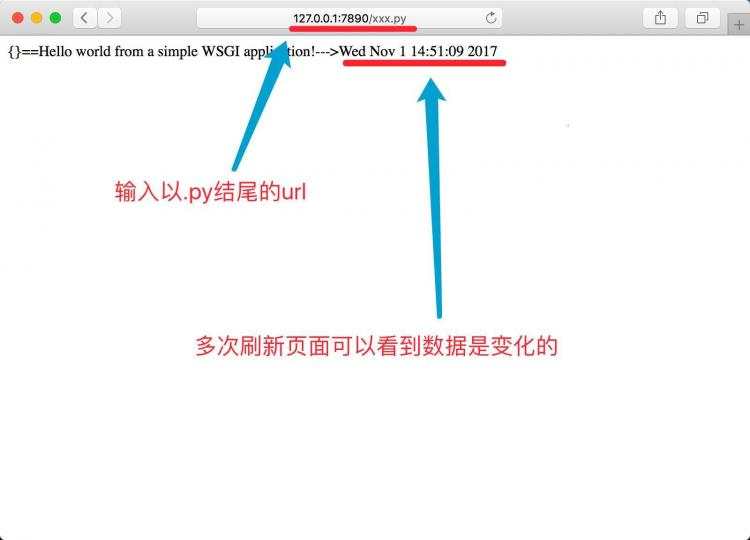查了不少资料,大概理清楚的就是有3种。当然类名可以自己取了,不过为了便于记忆和区分,还是和看到的文章里面用一样的类名。
1.DelegateCommand
2.RelayCommand
3.AttachbehaviorCommand
因为MVVM模式适合于WPF和SL,所以这3种模式中也有一些小差异,比如RelayCommand下面的CommandManager方法就是WPF下面的,SL下面无法使用,不过我认为这3种方法中的基本思路都如出一辙,都是出自那位外国牛人的文章里面。主要的区别在于和VIEW中的控件的绑定使用上。有点不同的attachbehaviorcommand是prism4里面的一种设计模式,这个区别有点大。但我自己觉得最方便的还是这个DelegateCommand。
1 ///
2 /// Delegatecommand,这种WPF.SL都可以用,VIEW里面直接使用INTERACTION的trigger激发。比较靠谱,适合不同的UIElement控件
3 ///
4 public class DelegateCommand : ICommand
5 {
6 Func<object, bool> canExecute;
7 Action<object> executeAction;
8 bool canExecuteCache;
9
10 public DelegateCommand(Action<object> executeAction, Func<object, bool> canExecute)
11 {
12 this.executeAction &#61; executeAction;
13 this.canExecute &#61; canExecute;
14 }
15
16 #region ICommand Members
17
18 public bool CanExecute(object parameter)
19 {
20 bool temp &#61; canExecute(parameter);
21
22 if (canExecuteCache !&#61; temp)
23 {
24 canExecuteCache &#61; temp;
25 if (CanExecuteChanged !&#61; null)
26 {
27 CanExecuteChanged(this, new EventArgs());
28 }
29 }
30
31 return canExecuteCache;
32 }
33
34 public event EventHandler CanExecuteChanged;
35
36 public void Execute(object parameter)
37 {
38 executeAction(parameter);
39 }
40
41 #endregion
42 }
这个类大概可以这样来理解&#xff0c;构造函数中的action和func&#xff0c;action负责判断是否执行这个command&#xff0c;action就是触发这个command之后要执行的方法。这样理解最浅显&#xff0c;但对刚熟悉command的我来讲&#xff0c;这样最方便记忆和学习&#xff0c;为了使用ICommand接口实现的方法和事件的解释搜搜就可以找到&#xff0c;但是刚开始理解起来还是有点晦涩。
下面是VM里面用这个command的例子。绑定了一个button控件&#xff0c;最简单例子。cm1Click就是构造函数里面的fuc&#xff0c;负责执行响应事件的方法。Cancm1Click就是构造函数里面的action&#xff0c;负责判断这个Command的响应事件是否执行&#xff0c;这里没有用到判断式&#xff0c;直接赋了一个true.
1 public class TestViewModels:INotifyPropertyChanged
2 {
3 public TestViewModels()
4 {
5 ......
6 cm1click &#61; new DelegateCommand(cm1Click,Cancm1Click); //初始化delegatecommand
7
8 }
9 ....
10
11 //DelegateCommand
12
13 #region command1
14
15 public ICommand cm1click { get; set; }
16 public void cm1Click(object param)
17 {
18 MessageBox.Show("CM1 clicked!");
19 }
20
21 private bool Cancm1Click(object param)
22 {
23 return true;
24 }
25
26 #endregion command1
27 ......
28 }
我们需要的是一个类库&#xff0c;它是Expression Blend中的一部分。这就是所谓的System.Windows.Interactivity
在XAML里面&#xff0c;用interaction来绑定这个事件&#xff0c;而不是在button里面用command来绑定&#xff0c;这样做有个好处&#xff0c;就是非常直观&#xff0c;并且可以响应其他的很多事件
xmlns:i&#61;"clr-namespace:System.Windows.Interactivity;assembly&#61;System.Windows.Interactivity"
<Button x:Name&#61;"BTN_CM1" Content&#61;"DelegateCommand" Height&#61;"115" Width&#61;"148" ><i:Interaction.Triggers><i:EventTrigger EventName&#61;"Click"><i:InvokeCommandAction Command&#61;"{Binding cm1click}"/>i:EventTrigger>i:Interaction.Triggers>Button>
如果是其他控件如grid等&#xff0c;要响应selectionchanged事件之类的&#xff0c;就可以直接在trigger里面把EventName修改下就可以了。在blend里面更方便&#xff0c;可以直接选择。但是有个问题一直没搞明白.这样的话&#xff0c;怎么获取事件的参数&#xff0c;我这里有个例子&#xff0c;再看看了再更新下。
文章来源:http://www.cnblogs.com/matoo/archive/2012/04/14/2447159.html







 京公网安备 11010802041100号
京公网安备 11010802041100号